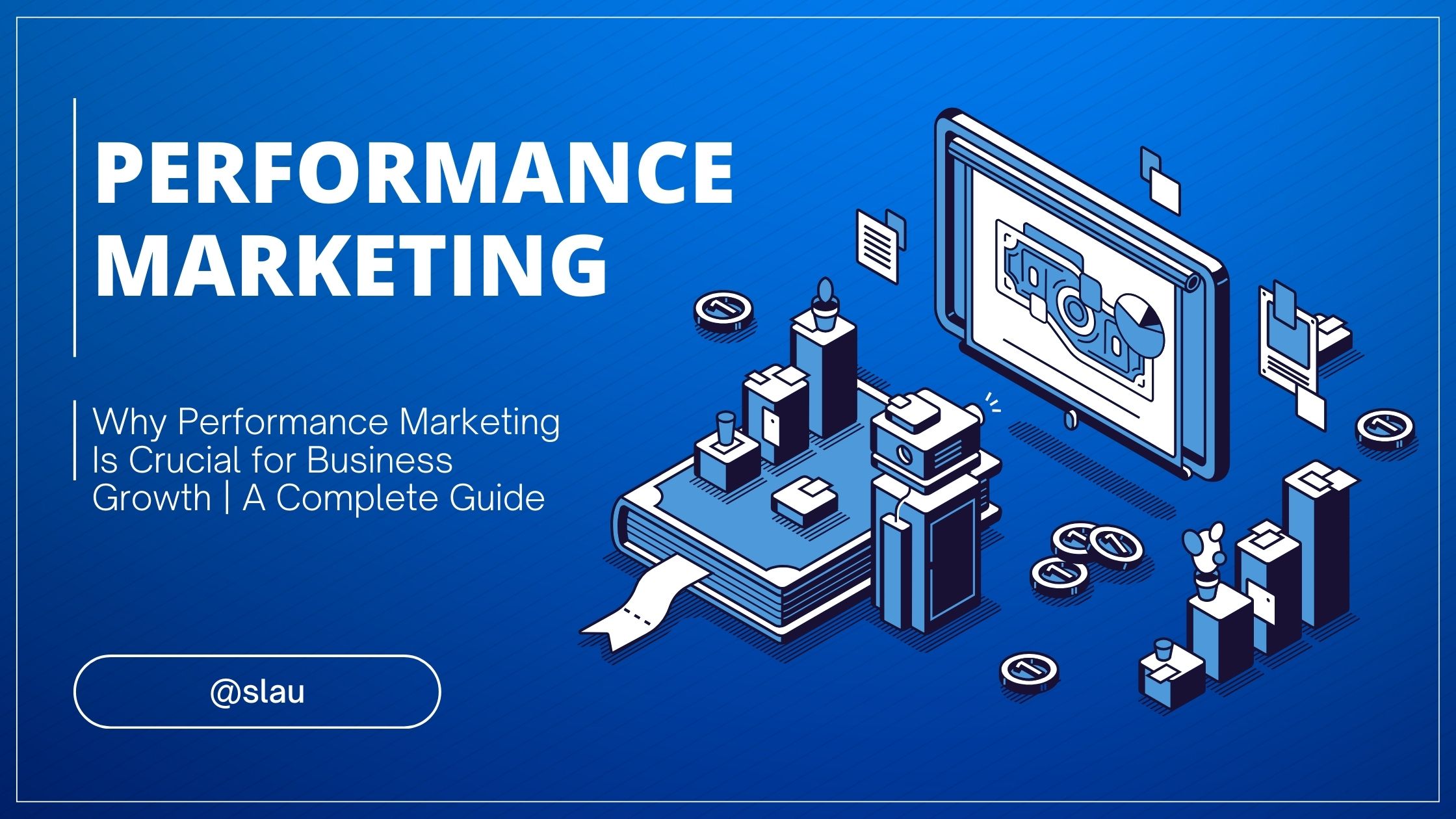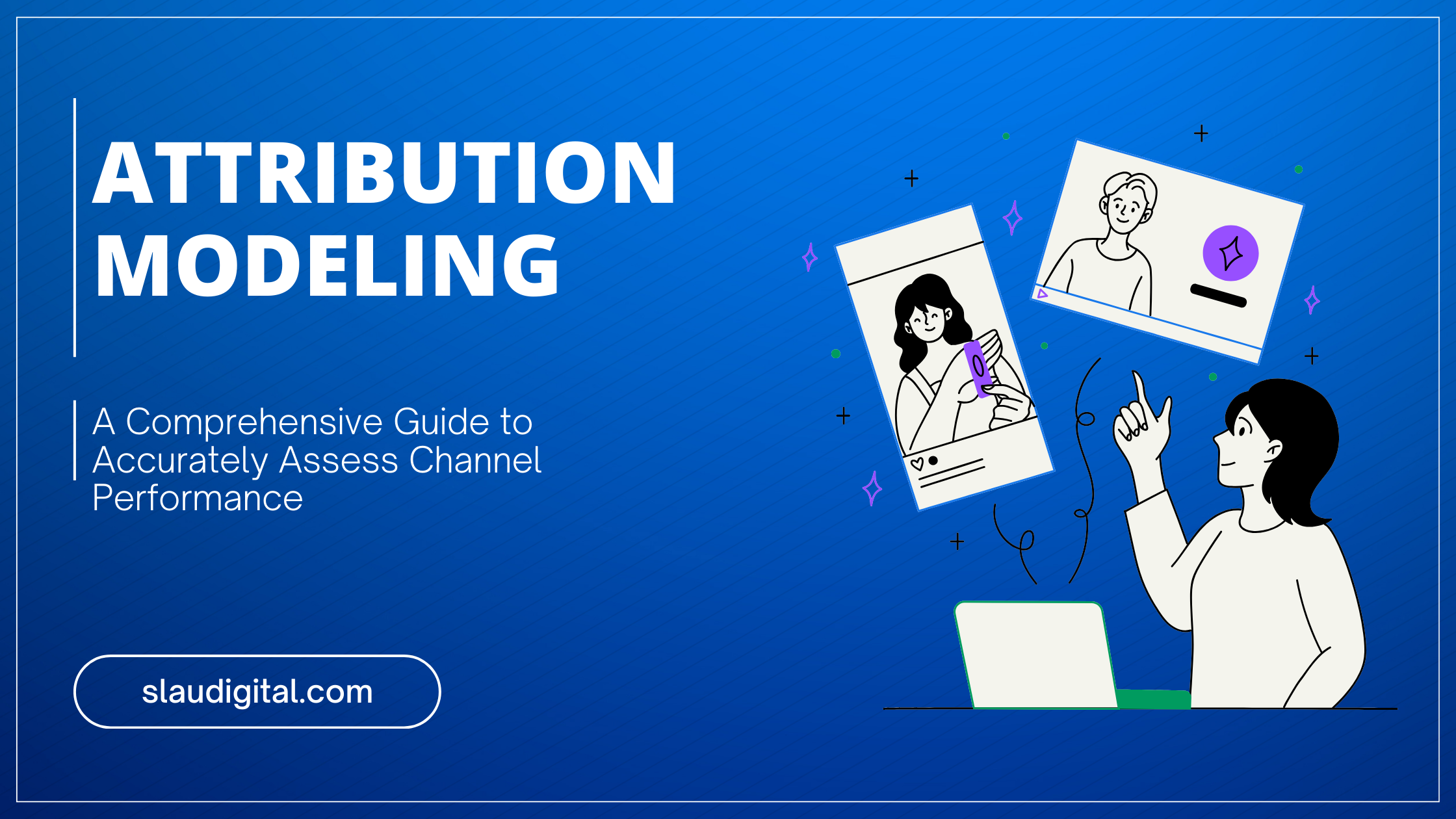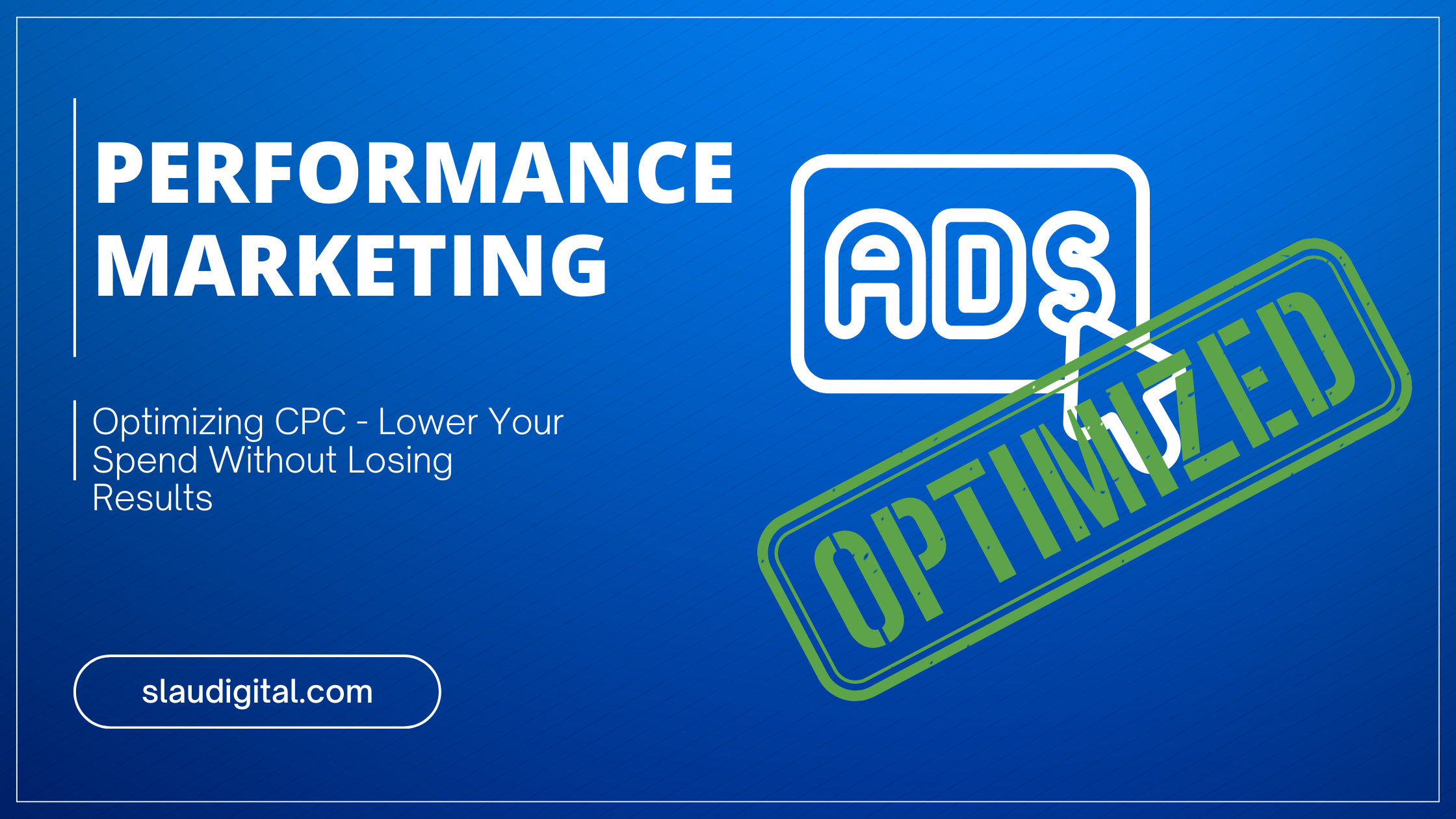In today’s hyper-connected digital landscape, businesses must adopt marketing strategies that are both measurable and results-driven. Traditional marketing methods such as TV commercials and print ads may build brand awareness but often lack measurable outcomes. This is where performance marketing shines.
Performance marketing focuses on achieving specific business goals, such as acquiring leads, driving sales, and boosting customer engagement. In this pay-for-performance model, advertisers only pay when a desired action is completed, making it an efficient and cost-effective approach.
The rise of digital platforms has fueled the growth of performance marketing. Businesses can target specific audiences, track campaigns in real-time, and adjust strategies based on performance metrics. This data-driven approach allows companies to optimize campaigns, increase conversions, and maximize their return on investment (ROI).
Whether you’re a marketing professional, business owner, or entrepreneur, understanding performance marketing can be a game-changer. It empowers businesses of all sizes to scale campaigns with precision and transparency.
In this article, we’ll explore how performance marketing works, its benefits, best practices, and common challenges. By the end, you’ll understand why performance marketing is crucial for sustainable business growth in today’s competitive environment.
What Is Performance Marketing?
Performance marketing is a strategic approach in digital marketing where businesses pay only when specific goals are achieved, such as clicks, leads, sales, or downloads. Unlike traditional marketing models that charge based on potential reach or impressions, performance marketing ensures businesses get what they pay for—results.
How Performance Marketing Works
The performance marketing process includes the following key steps:
- Campaign Setup:
Businesses define their marketing objectives (e.g., boosting website traffic or increasing product sales). - Choosing Advertising Channels:
Advertisers choose platforms like Google Ads, Facebook, Instagram, or affiliate networks based on their target audience. - Content Creation and Launch:
Marketing teams create compelling ads, such as banner ads, sponsored content, and influencer collaborations, designed to drive action. - Tracking and Optimization:
Advanced tracking tools like Google Analytics monitor campaign performance. Campaign adjustments are made in real time to improve ROI. - Payment After Results:
Businesses pay only when agreed-upon outcomes—such as form submissions, product purchases, or app installs—are met.
Real-World Example
Consider an e-commerce business running a Google Ads campaign targeting specific product keywords. They pay only when a customer clicks the ad and visits the product page, ensuring each marketing dollar is spent on potential conversions.
Key Elements of Performance Marketing
To create an effective performance marketing strategy, businesses must master its critical elements. These components ensure campaigns remain result-oriented and cost-effective.
1. Data-Driven Approach
Data is at the heart of performance marketing. Marketers use analytics tools to gather insights about customer behavior, campaign performance, and conversion rates. This data-driven mindset allows businesses to refine campaigns and make informed decisions.
2. Multi-Channel Campaigns
Successful performance marketing campaigns span various channels, including social media, paid search, and email marketing. This multi-channel approach ensures that businesses can reach potential customers wherever they are online.
Example:
A fitness brand may run paid ads on Facebook while partnering with influencers on Instagram to promote a new workout program.
3. Real-Time Tracking and Analytics
Performance marketing campaigns require robust tracking systems like Google Analytics, SEMrush, or Adobe Analytics. These platforms provide real-time reports on campaign performance, allowing marketers to adjust strategies instantly.
4. ROI-Focused Campaigns
Performance marketing revolves around ROI. Businesses allocate budgets based on expected returns, ensuring that campaigns are both profitable and scalable.
Tip:
Set realistic goals such as a target ROAS (Return on Ad Spend) of 300% or a CPA (Cost Per Acquisition) of $20.
5. Pay-for-Performance Model
Advertisers only pay for results, minimizing financial risks. For example, in a cost-per-click (CPC) model, businesses pay only when someone clicks on their ad.
Why Performance Marketing Is Important for Businesses
1. Cost Efficiency
One of the most significant advantages of performance marketing is its cost-efficiency. Since businesses pay only when specific actions occur, there’s minimal budget waste. Companies can allocate resources strategically, ensuring every marketing dollar generates returns.
Example:
An online retailer selling gadgets might spend $500 on a PPC campaign. If each click costs $1 and 10% of those clicks result in a $50 purchase, the business earns $2,500 in revenue—far exceeding the ad spend.
2. Targeted Reach
Performance marketing allows businesses to reach highly specific customer segments. Advanced targeting features in platforms like Google Ads and Facebook Ads enable marketers to filter audiences by location, age, gender, and even interests.
Tip:
Use “lookalike audiences” in Facebook Ads to target potential customers similar to your existing clientele.
3. Real-Time Measurement
Traditional marketing often struggles with delayed performance metrics. In contrast, performance marketing provides instant feedback, allowing businesses to refine their strategies on the go.
Example:
If a paid search campaign has a high bounce rate, marketers can quickly adjust ad copy or landing pages to improve conversions.
4. Increased Brand Awareness and Engagement
While performance marketing focuses on driving actions like clicks or sales, it also boosts brand awareness. A successful campaign increases visibility, which leads to long-term business growth.
Tip:
Consider retargeting campaigns to re-engage past website visitors who didn’t convert initially.
5. Scalable and Flexible
Performance marketing campaigns are highly scalable. Businesses can adjust budgets, expand to new markets, or explore additional platforms based on campaign performance.
Types of Performance Marketing Channels
Performance marketing relies on various advertising channels, each offering unique benefits.
1. Paid Search (PPC)
Search engines like Google and Bing allow businesses to bid on keywords to display ads at the top of search results. PPC is ideal for driving high-intent traffic.
2. Social Media Advertising
Platforms like Facebook, Instagram, LinkedIn, and TikTok enable businesses to run targeted campaigns. Advanced targeting features ensure personalized messages reach the right people.
3. Affiliate Marketing
Affiliate marketing involves partnering with third-party affiliates who promote products in exchange for commissions. It’s a cost-effective way to expand a business’s reach.
4. Native Advertising
Native ads blend seamlessly with platform content, offering a less intrusive user experience. Sponsored articles on platforms like Outbrain or Taboola are popular examples.
5. Influencer Marketing
Influencers help brands build credibility and reach new audiences. When combined with performance metrics, influencer campaigns become more results-driven.
FAQ: Frequently Asked Questions About Performance Marketing
To help clarify key points about performance marketing, here are answers to some commonly asked questions:
Q1. What is the difference between digital marketing and performance marketing?
Digital marketing is a broad term that includes all online marketing activities, including SEO, social media, email campaigns, and display advertising. Performance marketing, on the other hand, focuses specifically on campaigns measured by results like clicks, leads, or sales. Businesses only pay for actual performance, ensuring greater accountability and ROI.
Q2. How much should businesses invest in performance marketing?
The investment depends on the industry, business goals, and competitive landscape. Start with a manageable budget, track performance, and increase spending as campaigns become profitable. Many businesses allocate 20-30% of their marketing budgets to performance-based campaigns.
Q3. What metrics are essential for measuring performance marketing success?
The most critical performance marketing metrics include:
- Cost Per Click (CPC): The price paid for each ad click.
- Cost Per Acquisition (CPA): The amount spent to acquire a customer.
- Return on Ad Spend (ROAS): Revenue earned for every dollar spent on advertising.
- Conversion Rate: The percentage of visitors completing a desired action.
- Customer Lifetime Value (CLV): The total revenue generated by a customer over their lifetime.
Q4. Which industries benefit the most from performance marketing?
Industries that see the highest ROI from performance marketing include:
- E-commerce: For product sales and promotions
- Technology and SaaS: For driving app downloads and subscriptions
- Travel and Hospitality: For booking-driven campaigns
- Finance and Insurance: For generating leads and applications
Q5. Can small businesses afford performance marketing campaigns?
Yes, small businesses can thrive with performance marketing due to its results-driven nature. By setting clear goals, targeting niche audiences, and using platforms like Google Ads or Facebook Ads, even startups can run cost-effective campaigns.
Q6. How does performance marketing improve brand awareness and engagement?
While its primary focus is on results, performance marketing indirectly boosts brand awareness through increased visibility. For example, a campaign driving clicks also improves brand recognition as more people encounter the business online. Social media ads often combine engagement and performance goals seamlessly.
Q7. Is performance marketing better than influencer marketing alone?
Influencer marketing and performance marketing serve different purposes but work well together. Influencer marketing builds trust and brand credibility, while performance marketing drives measurable actions. Combining the two creates a well-rounded strategy that delivers both brand awareness and revenue.
Q8. What tools are recommended for tracking performance marketing campaigns?
Tracking tools are essential for monitoring performance campaigns. Popular tools include:
- Google Analytics: Tracks website performance, conversions, and traffic.
- SEMrush: Monitors SEO and PPC campaigns.
- HubSpot: Manages customer relationships and marketing automation.
- Adobe Analytics: Offers deep customer behavior insights.
- Google Ads & Facebook Ads Manager: Tracks paid campaigns on search and social platforms.
10. Conclusion
In a world where every marketing dollar must deliver returns, performance marketing stands out as a proven strategy for driving measurable results. Its pay-for-performance model, real-time tracking, and data-driven optimization make it essential for businesses of all sizes.
By adopting performance marketing, businesses can achieve specific goals like increasing leads, boosting sales, and expanding brand reach—all while minimizing financial risk. As digital marketing evolves, performance marketing will remain at the forefront, helping businesses navigate a competitive and ever-changing landscape.
Ready to boost your business growth? Start your performance marketing journey today!


